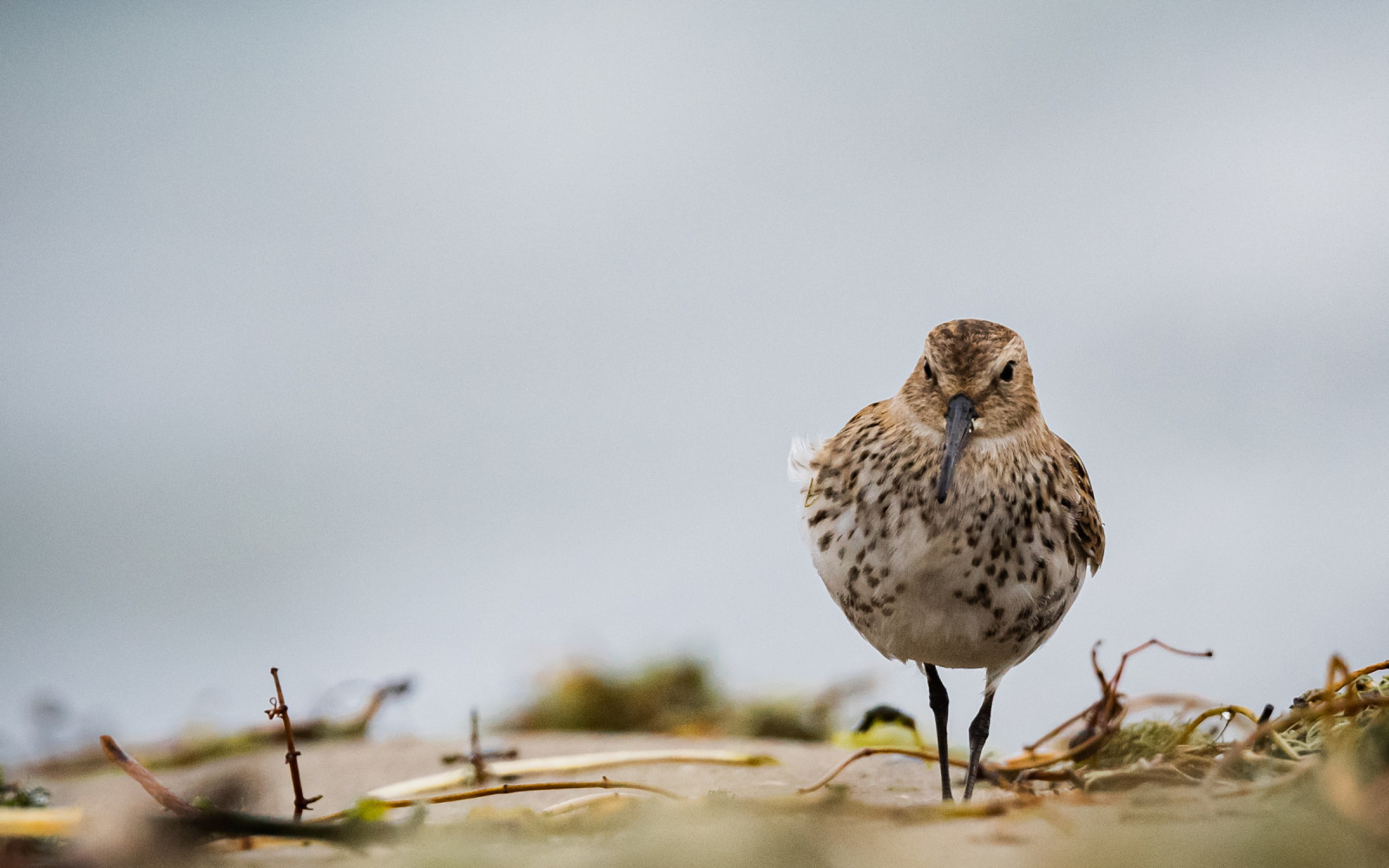Opis
The Excenevex beach (1) is one of the few larger sandy beaches of the Lake Geneva and therefore of special interest for waders, shorebirds, and waterfowl, especially from the end of August through to mid-May.
The most common wader is biegus zmienny, but łęczak, brodziec śniady, sieweczka rzeczna, sieweczka obrożna, brodziec piskliwy, kwokacz, krwawodziób, biegus malutki, and also rarer waders like biegus rdzawy, siewnica, piaskowiec, sieweczka morska, rycyk, and especially kamusznik are sometimes observed. The best chances for most waders are in April and May, whereas the biegus zmienny is most abundant in September-October, and the kamusznik is most likely to be observed during winter. The beach is freely accessible, and as some of the waders are not shy - especially the first-years in autumn - and approach patient observers on their own, excellent observations can be made.
The beach also offers a good opportunity to search a big part of the lake with a scope. The rybitwa rzeczna is present from late April to September. mewa czarnogłowa, zimorodek, and ohar, which are present year-round, can be seen. In April and May, chances are best for observing mewa żółtonoga and, with luck, rybitwa czubata and rybitwa wielkodzioba. From late summer to autumn, rare guests like płatkonóg płaskodzioby, wydrzyk ostrosterny, wydrzyk długosterny, and wydrzyk tęposterny can be seen with a scope and lots of luck.
From autumn to winter, interesting waterfowl stays in the bay, like rożeniec, świstun, gągoł, Płaskonos, and - again, with luck - ogorzałka, szlachar, markaczka, uhla, nur czarnoszyi, nur rdzawoszyi, lodowiec, and perkoz rdzawoszyi. Especially the divers are present through to April.
You might also come across a bielik, but most likely it will have been raised in captivity: The station of the reintroduction programme „Les Aigles du Leman“ is situated close by.
Near the beach, in Sciez, a small wetland can be visited (2). It is most interesting during spring migration. wodnik (zwyczajny), słowik rdzawy, gąsiorek, wilga (zwyczajna), turkawka, and dzięcioł czarny are breeding here, kszyk, świergotek łąkowy, and błotniak zbożowy are sometimes present in winter.
Rarities found at the Excenevex beach include mewa trójpalczasta, mewa cienkodzioba, muchołówka białoszyja, rybitwa krótkodzioba, mewa siodłata, one wydrzyk wielki in 1999 and even one głuptak in 2003.
Szczegóły
Dostęp
Excenevex beach is located on the south bank of Lake Geneva. There is a public parking close by the beach (click on the P in the map). Public transport is unfortunately scarce. There is a hourly bus connecting Yvoire and Thonon that stops close by; leave at La Pinède.
The paths are easily accessible, and the beach is usually empty in the winter, spring and late autumn, except for a few dogwalkers.
Teren i siedlisko
Jezioro , Plaża , Rzadkie drzewa i krzewy , Tereny podmokłeWarunki
Płaski , PiaszczystyTrasa dookoła
NieCzy luneta będzie przydatna ?
TakUdany sezon obserwacyjny
Wiosna , Jesień , ZimaNajlepszy czas na wizytę
Wiosenne migracje , Jesienne migracjeTrasa
Szeroka ścieżkaPoziom trudności szlaku pieszego
ŁatwyDostępne
Pieszo , RowerCzatownia/platforma obserwacyjna
NieDodatkowe informacje
If possible, choose a day that is not too windy, as it can be difficult to search the waters of the lake when there are many waves.
Linki
- Excellent description (in French) by Bastien Guibert
- E-Bird Barchart for (1)
- E-Bird Barchart for (2)
- Description of (2) (in French)

